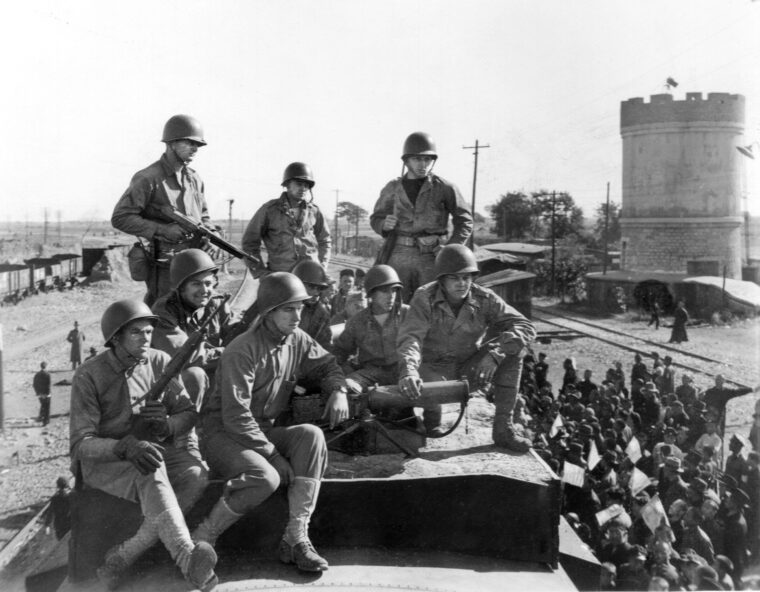
China
Caught in the Chinese Conflict
By Eric NiderostOn September 2, 1945, Japanese representatives boarded the battleship USS Missouri, riding at anchor in Tokyo Bay, to sign an instrument of unconditional surrender. Read more

China
On September 2, 1945, Japanese representatives boarded the battleship USS Missouri, riding at anchor in Tokyo Bay, to sign an instrument of unconditional surrender. Read more
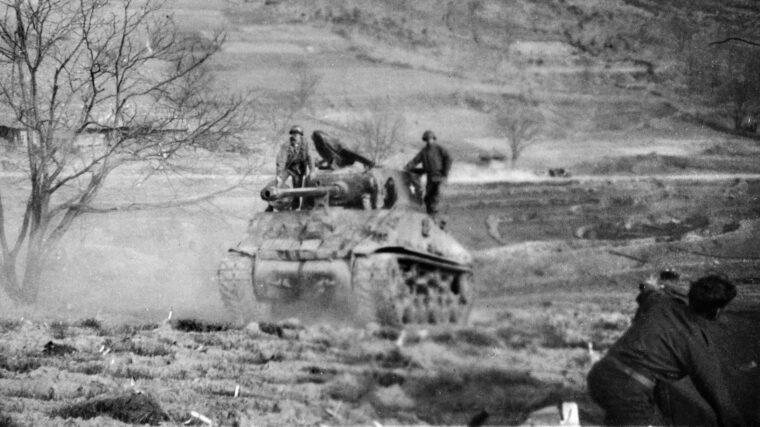
China
The Chinese always attacked at night. It was April 22, 1951, and the Communists had just launched the largest offensive of the Korean War. Read more
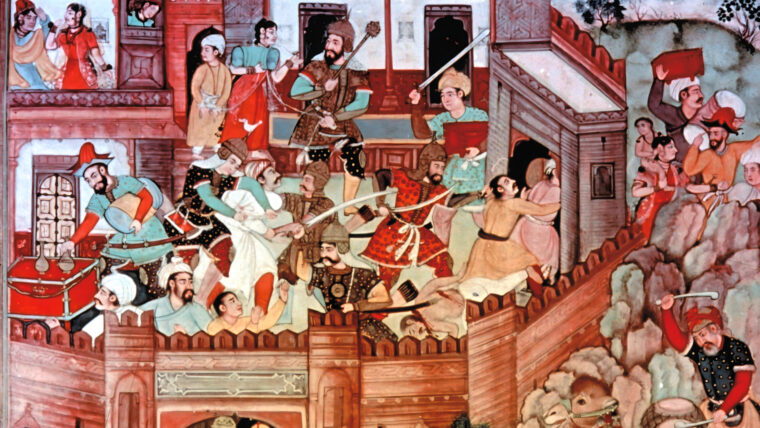
China
In ad 1205, Mongol ruler Genghis Khan, having completed the unification of his Gobi Desert empire, began looking south toward China for further conquest. Read more
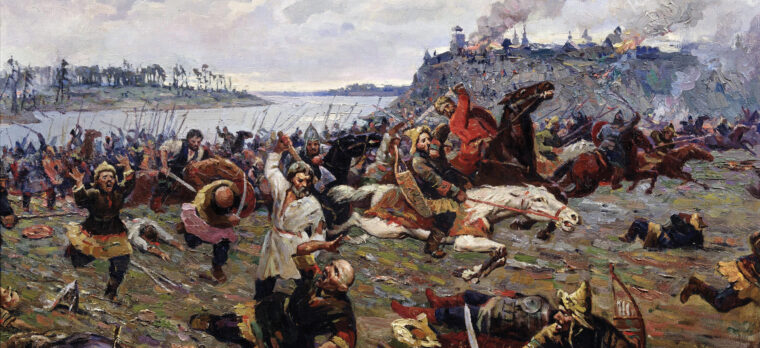
China
Egyptian medieval chronicler Ibn Taghribirdi relates an incident that occurred following Turco-Mongol Emir Timur’s conquest of Aleppo in 1400. Read more
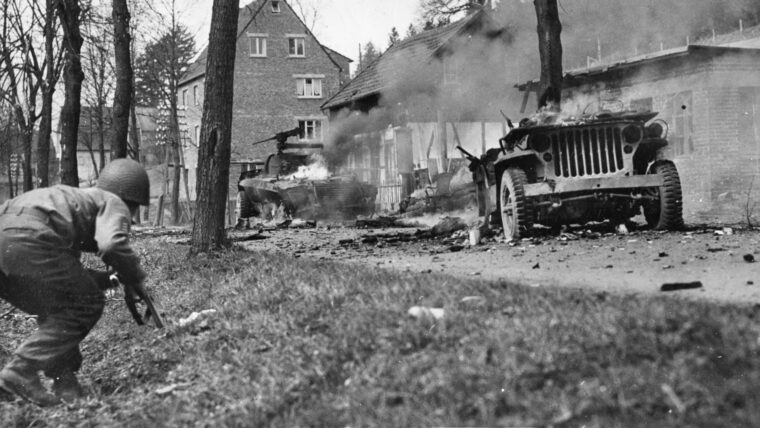
China
The Messerschmitt Bf-109 fighter plane dove out of the sky with machine guns firing. The pilot’s target—a pontoon bridge being stretched across Germany’s Werra River by American engineers. Read more

China
The first recorded encounter between American forces and Koreans in the Central Pacific during World War II came at Tarawa Atoll in November 1943. Read more
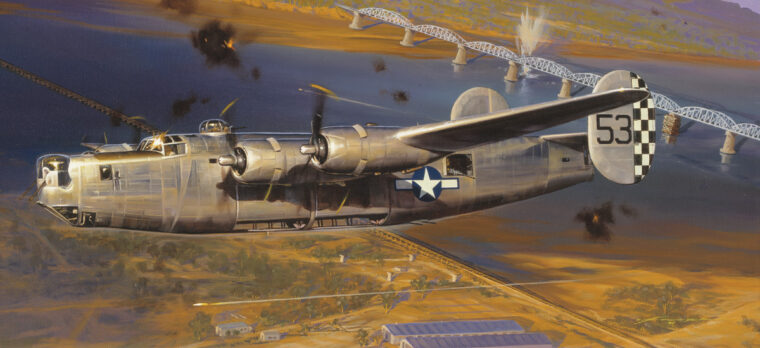
China
Thirty-five Boeing B-17C Flying Fortress bombers of the 7th Bomb Group happened to be on their way to Asia the morning the Japanese attacked Pearl Harbor. Read more

China
World War II spanned six long years from 1939 to 1945. The Allied powers, principally The United States, Great Britain, and the Soviet Union, defeated the Axis powers, led by Nazi Germany, Imperial Japan, and Fascist Italy. Read more
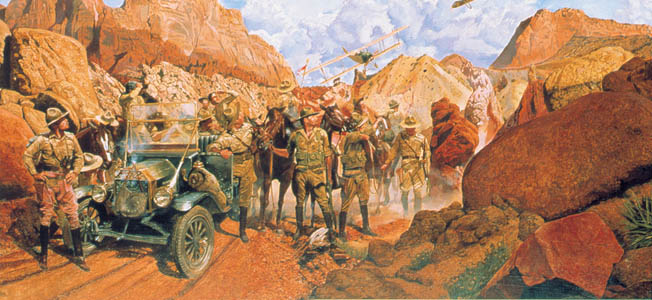
China
General George C. Marshall had a problem. With the U.S. entry into World War II, he had to explain to an isolationist nation why the country was going to war. Read more
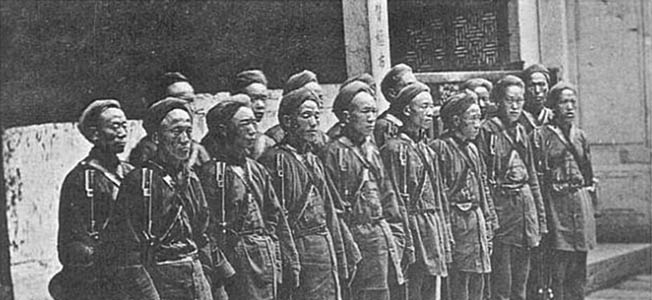
China
The Qing originally sprang from the Juchen peoples, hard-riding tribesmen who occupied the territory north of Korea. In the 17th century Nurhachi of the Ansin Gioro clan united the Juchen tribes under his leadership. Read more
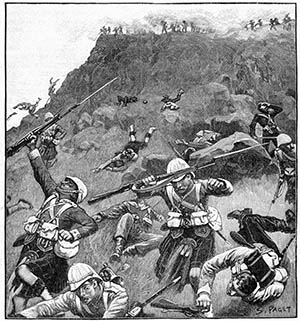
China
George Pommery Colley was born on November 1, 1835, in Dublin, Ireland. He was the third son of George Pommery Colley of Rathangan, County Kildare, Ireland. Read more

China
By the 1930s, Shanghai was already a legend in its own time––the most modern, populous, and decadent city in China. Read more

China
While America and Europe struggled through economic depression and nervously watched the spread of fascism in the second half of the 1930s, the situation was far more ominous in the Far East. Read more
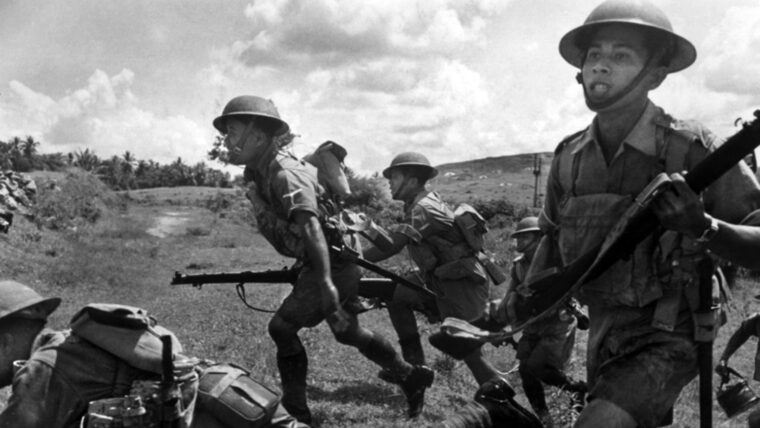
China
On Saturday, December 6, 1941, a Royal Australian Air Force Lockheed Hudson bomber on a reconnaissance mission from Khota Bahru on the west coast of Malaya was flying northwest over the China Sea toward the Gulf of Thailand. Read more
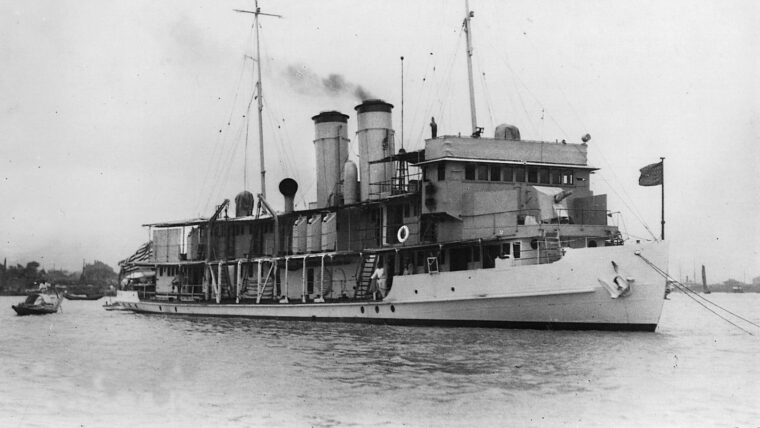
China
For some Americans, World War II started early. In December 1937, four years before the Japanese attack on Pearl Harbor propelled the United States into the war, Japanese planes attacked an American gunboat, the USS Panay, on China’s Yangtze River, strafing and bombing the boat, sinking it, killing three American crew members, and the wounding 45 others. Read more
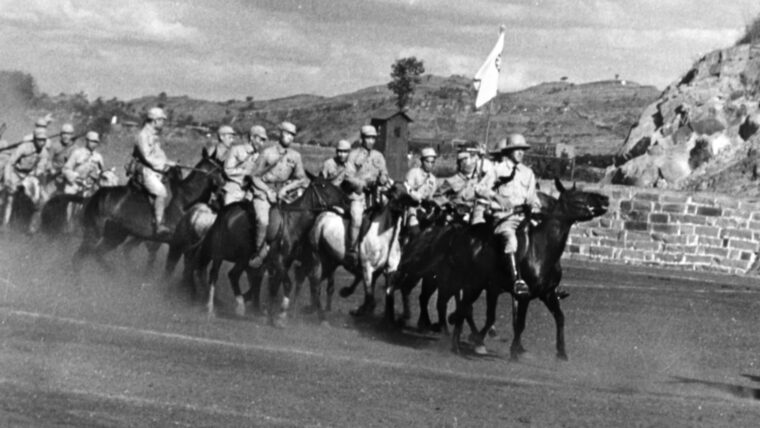
China
It was at the grand banquet given in his honor that General William “Wild Bill” Donovan told his host, General Dai Li, that the OSS intended to work on its own in China and that he wanted no interference from the Chinese. Read more
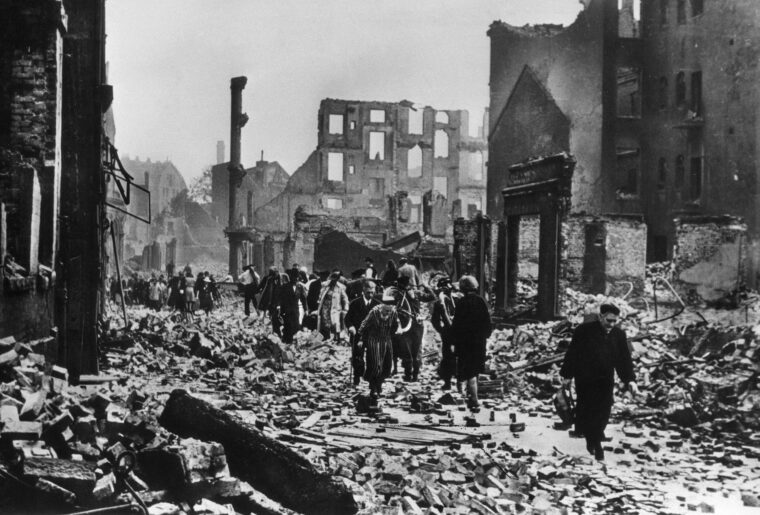
China
World War II affected nearly every area of the world. It was the deadliest conflict in all of human history. Read more
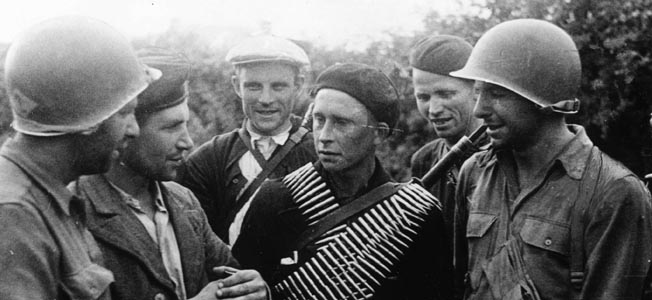
China
Major General John K. Singlaub was a young airborne lieutenant when he took up an offer from the Office of Strategic Services (OSS) to become engaged in “hazardous duty behind enemy lines.” Read more
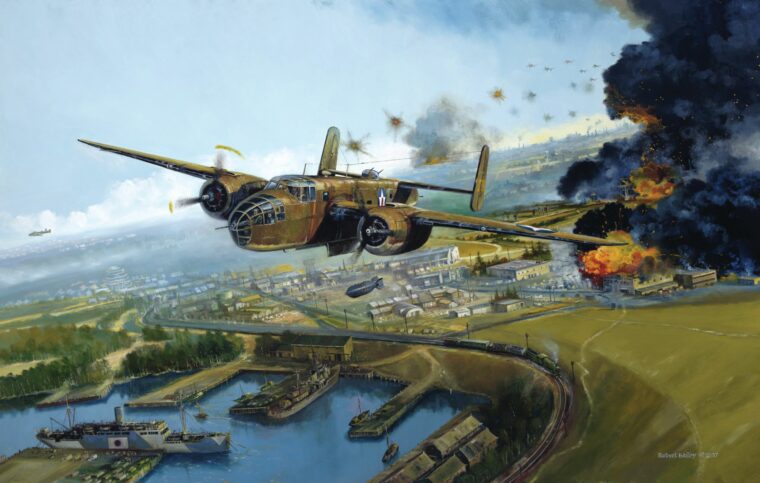
China
April 18, 1942, will forever live in American military glory as the date of the Jimmy Doolittle Raid on Tokyo––a gutsy, never-before-attempted combat mission to fly North American B-25 Mitchell bombers off the deck of an aircraft carrier and attack an enemy capital. Read more
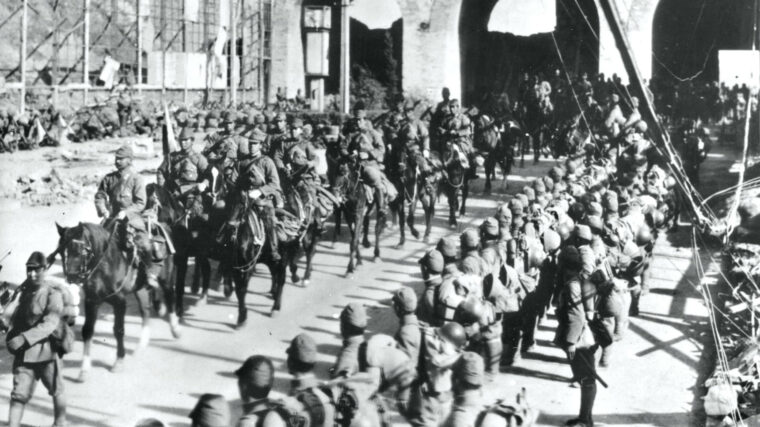
China
On August 15, 1937, the Japanese Imperial Army bombed Nanking, the capital of China. These raids were unrelenting until December 13, when Japanese troops entered the conquered city. Read more